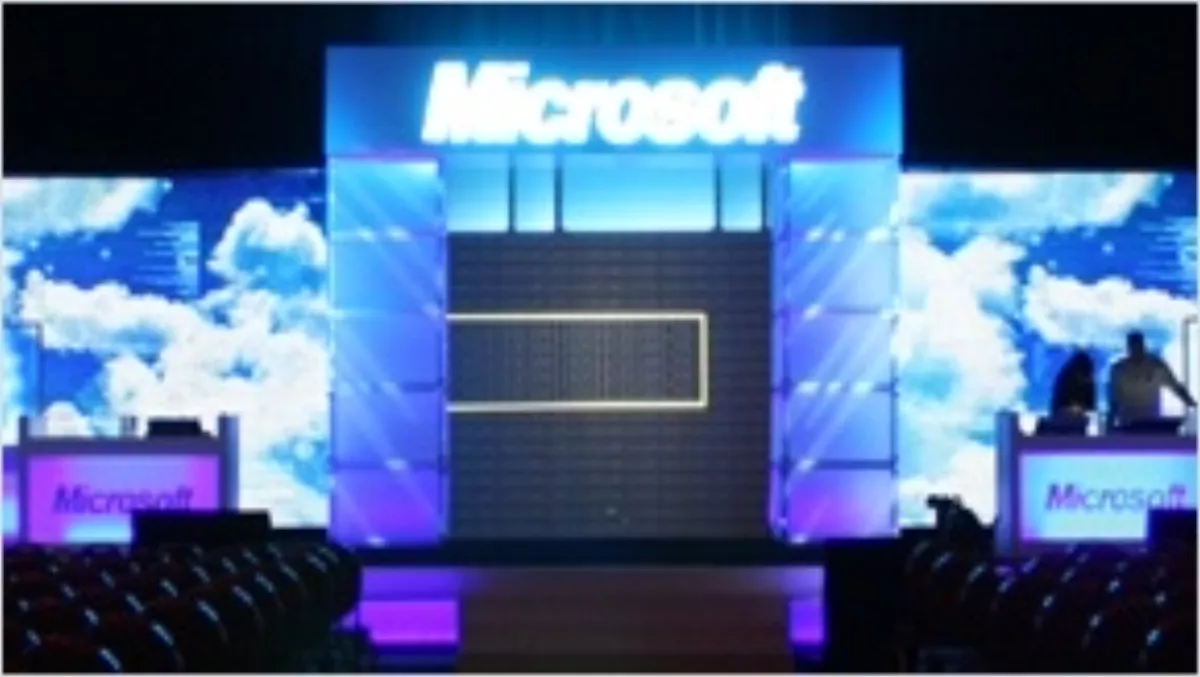
MMS: surprising news about Windows InTune
Day two has wrapped up and Microsoft had a few little surprises for us today. The day two keynote was again presented by Brad Anderson, and it was all about the client slide of the management toolset.
It was clear from what was on display from Microsoft today that they are really focused on providing the enterprise user the same desktop look, feel and settings wherever they go.
Some time was spent discussing the concept of Bring Your Own Device (BYOD), what impact it is having on enterprises, and the challenges and approaches organisations are taking. The presentation then went into detail in two key areas:
• Microsoft announced a new user state tool that virtualises the user’s settings. This new virtualisation technology is called UE-V (User Experience Virtualisation). With UE-V a user can log into different systems and enjoy a consistent Windows experience. There is a catch, though - this new virtualisation offering can only (at the moment) be acquired through Microsoft MDOP (Microsoft Desktop Optimisation Pack). I see Windows 8 taking full advantage of this type of technology, as already within Windows 8 there is the ability to the sync your settings to the cloud.
• Microsoft also announced a new update to its cloud-based management tool set InTune, which users will soon be able to test. This announcement included one of the more eye opening announcements for me: within InTune you can now deploy applications to iOS (iPad and iPhone devices), Android and Windows devices. Let me say that again: you can now sideload and deploy applications to iOS and Android devices. Microsoft demonstrated this on stage by using an iPhone and deploying a metro-styled application to an iPhone. Over the coming weeks I think this will have a larger impact as people start to really understand what this means for them.
Microsoft also spent some time going through and demonstrating how to use System Center Configuration Manager 2012 to create and deploy to an enterprise market place. This will allow organisations to use the Windows 8 store to deploy company-based applications using the new metro style. For me, this is a much nicer way to group organisation applications together.
If you are an SME or an Enterprise customer you can start to look at BYOD as an option for your organisation. No matter what device users bring, you can now deploy your applications to them. This is something I feel has been missing from a lot of management tools, and for Microsoft to come out with this shows the change in strategy about embracing other players in the market.
Day three will see Michael Frank from Provoke up on stage discussing how to build SharePoint as a private cloud workload.
To find out more about MMS and other key Windows Server 2012 information follow me on on twitter @bradbor, or go here and check out my blog.
This post is part of a series by Microsoft New Zealand’s Bradley Borrows, who is in Las Vegas for the Microsoft Management Summit. Check out Brad’s previous posts here and here.
Image source here.

